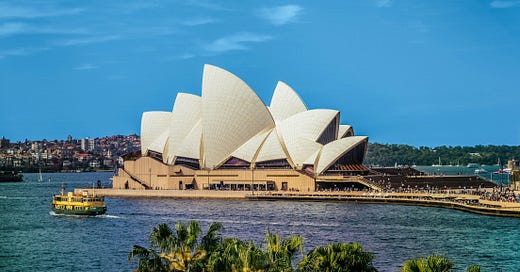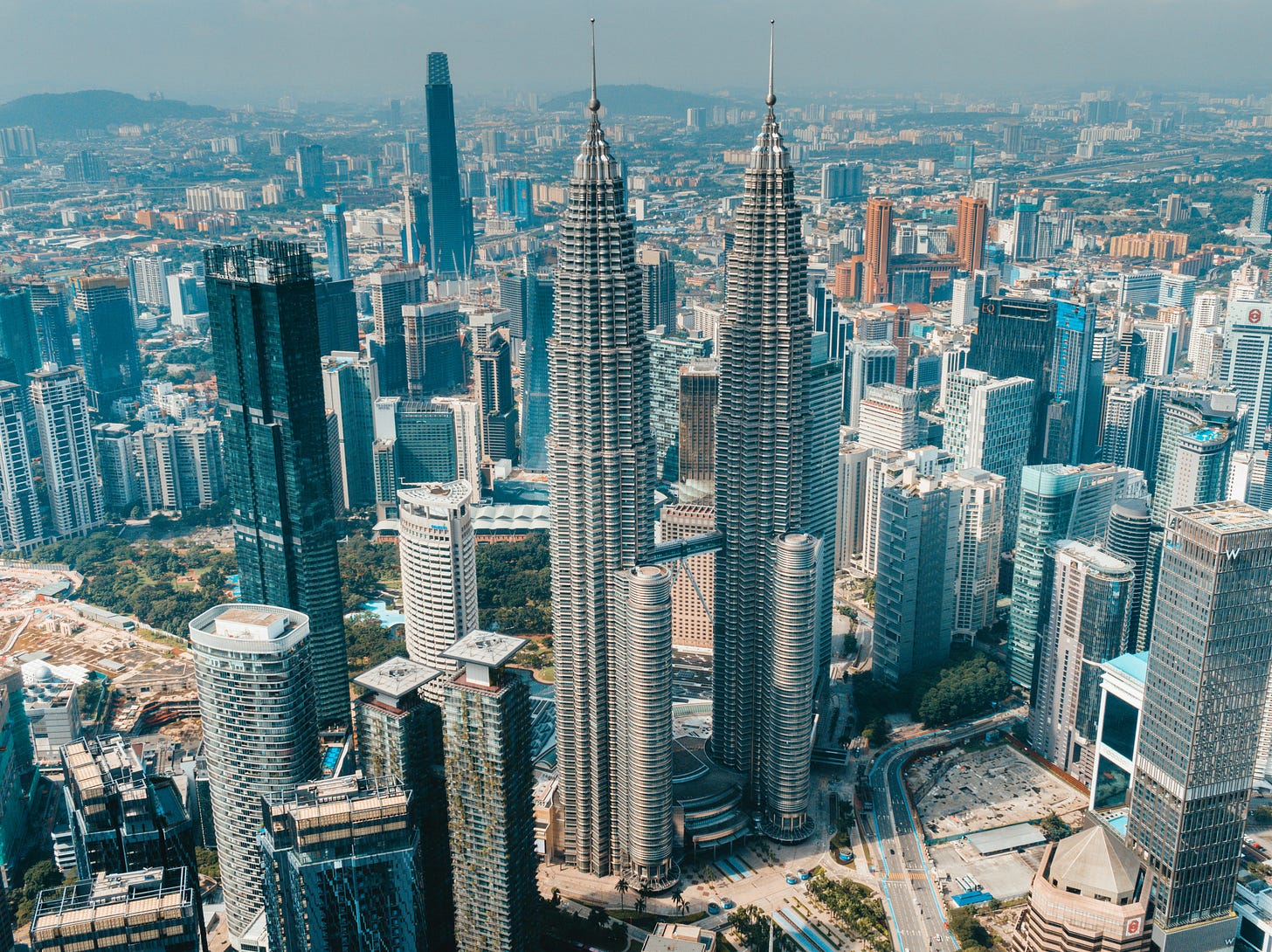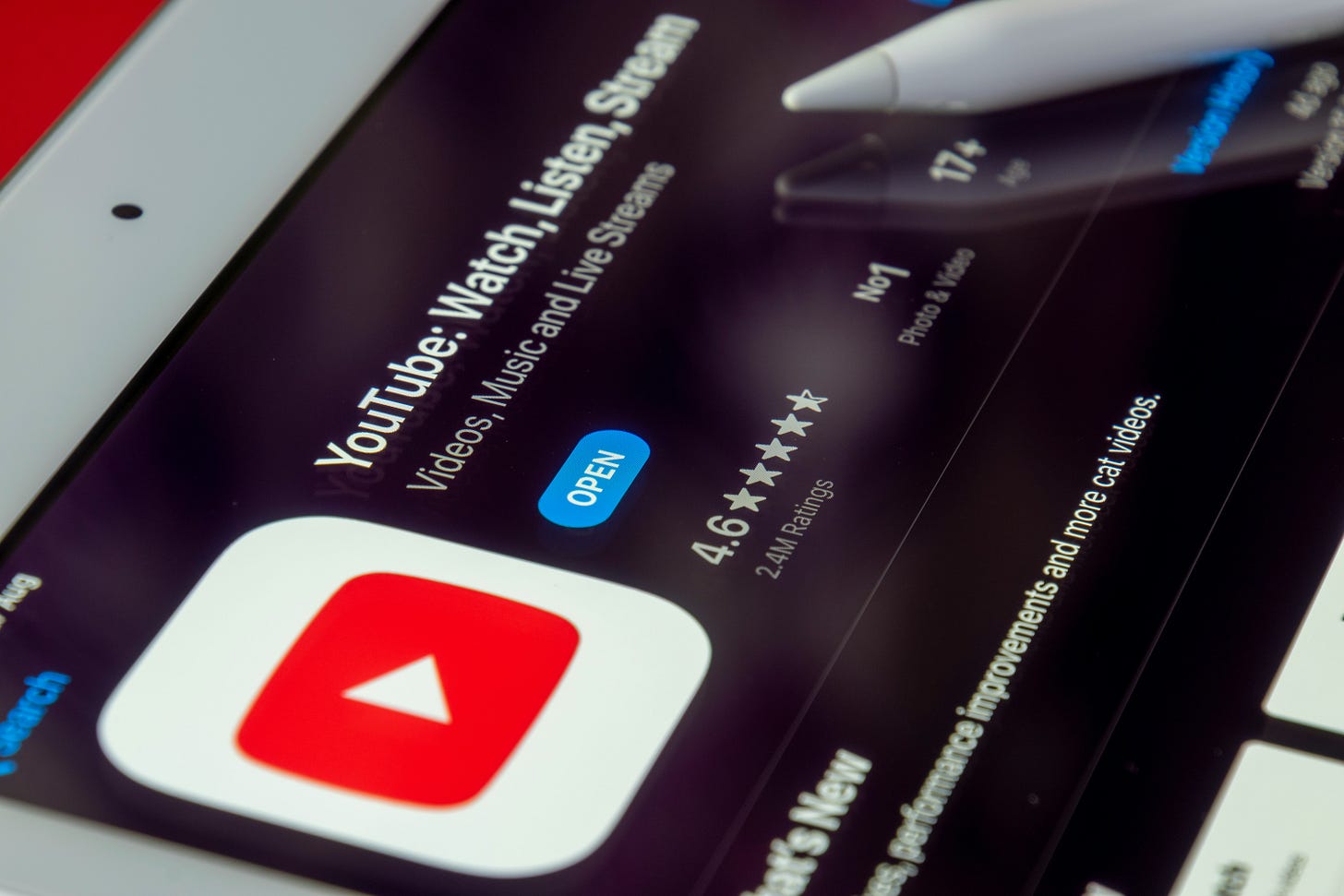Cracks in Australia's 'lucky' economy, Big Tech pours billions into Malaysia and YouTube's 20th anniversary
April 2025
Hello and welcome!👋
In a chaotic news cycle, Deep Dive aims to cut through the noise and highlight interesting stories that aren’t necessarily grabbing the headlines.
As always, your comments and suggestions are greatly appreciated.
AUSTRALIA AT A CROSSROADS?
Australia takes pride in being ‘The Lucky Country’. Its enviable natural resources continue to drive mining booms and agricultural exports to the tune of hundreds of billions of dollars. On the services side, tourists and international students enjoy flocking Down Under, bringing in foreign income.
Excluding the 2020-2021 Covid pandemic period, Australia’s economy has not experienced a recession in decades. But, as voters prepare for an election on 3 May, many analysts warn that the island nation could be falling behind.
Although Australia is expected to weather the storm caused by President Trump’s tariff policy, other domestic indicators suggest reform is needed.
Housing affordability is a major source of public frustration, with property prices soaring and home ownership declining among the young. Consequently, wealth inequality is ticking upwards.
Both political parties have pledged to cap the number of international student enrolments to lower migration and reduce demand for rentals. However, some see these proposals as a short-term fix.
According to researchers, Australia’s recent governments have not done enough to boost wage growth and productivity, fund start-ups or encourage innovation. Instead, they’ve got complacent thanks to profits from selling commodities.
So, is Australia running out of luck? This mini-documentary by Bloomberg touches on the challenges ahead.
MALAYSIA’S TECH AMBITIONS
Malaysia is committed to becoming a pillar of Asia’s tech scene. The likes of Google, Oracle and Amazon have already signed multi-billion dollar agreements with the country. And this quarter, Microsoft is launching its Malaysia West cloud region situated in Greater Kuala Lumpur.
Artificial intelligence is the basis of these particular deals. The AI revolution can’t happen without cloud computing and data centres. As Microsoft explains, data centres “provide the immense computational power required to train, test and deploy AI solutions at scale”.
What makes Malaysia an appealing location? For one, energy and land are cheaper compared to developed markets in Asia-Pacific. AI data centres occupy a lot of space - they house racks of computers that operate 24/7 and use huge volumes of water for cooling.
Secondly, Malaysia is an established electronics manufacturer and boasts the infrastructure to handle such contracts, including submarine cable networks.
Thirdly, Prime Minister Anwar Ibrahim’s government has offered tax incentives when courting American and Chinese tech giants. The view is that the investment will enhance Malaysia’s digital ecosystem and help modernise the economy.
On the flip side, there are questions about the latest raft of data centre projects. As AP reports, the people involved appear to be underplaying the environmental impact. The facilities are serious power and water guzzlers, which could disrupt supplies for the local population.
In addition to the sustainability issue, it’s not guaranteed that the new Malaysia data centres will directly create thousands of high-skilled jobs. According to Business Insider, the industry “overhypes job creation”, especially full-time, salaried positions.
YOUTUBE’S MILESTONE
This April marks the 20th anniversary of the first video uploaded to YouTube.
The platform, which was acquired by Google in 2006, says it now hosts billions of videos. There are cooking recipes, dance recitals, history documentaries, travel diaries, yoga classes, dogs doing tricks and everything in between.
More people watch YouTube than any other TV channel or streaming service. In fact, CEO Neal Mohan says YouTube viewing on television screens has overtaken mobile as the primary device in the US.
Those clicks and eyeballs translate to cash flow. Think of the content creators and personalities who’ve made their fortunes from YouTube: MrBeast, Logan Paul, Like Nastya, Sean Evans of Hot Ones, Lilly Singh et al.
Unsurprisingly, YouTube’s revenue keeps expanding. It raked in US$8.9 billion worth of ad sales in the first quarter of 2025. That figure is separate from the money made through subscription services.
So what next for YouTube? Its bosses say the sky’s the limit. The platform is versatile and can be scaled up. Livestreaming is booming, AI tools will ease the editing process and the TV app is only going to get smarter. As viewing habits evolve, YouTube seems primed to win in the ‘attention economy’.
Thanks for reading! Take care and stay curious, Sara x





